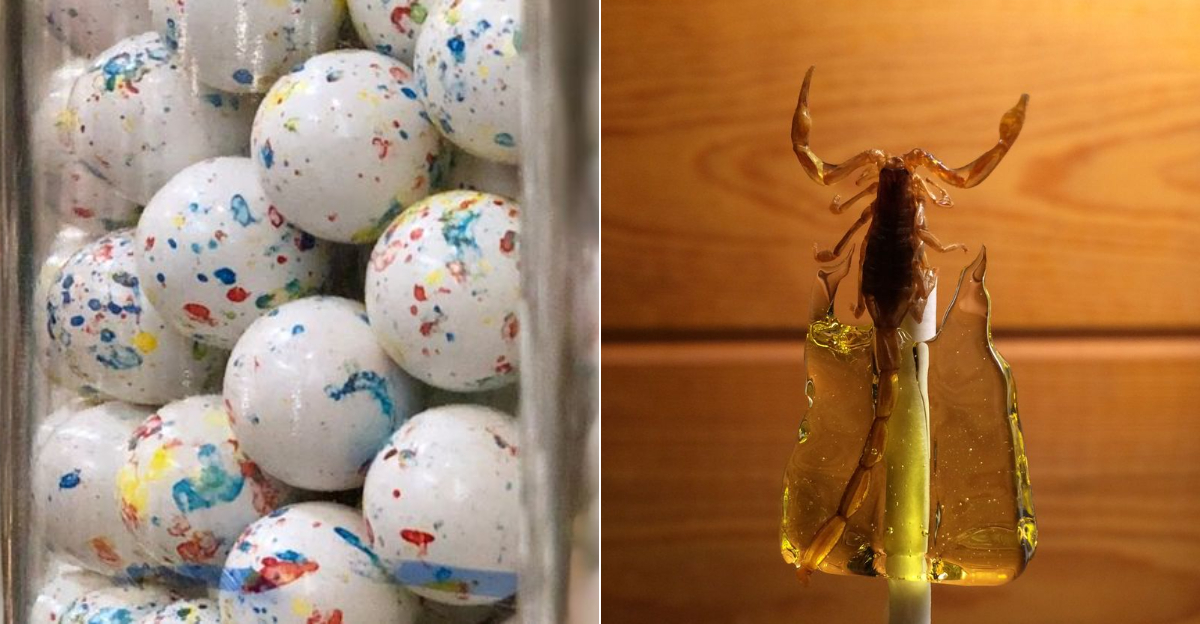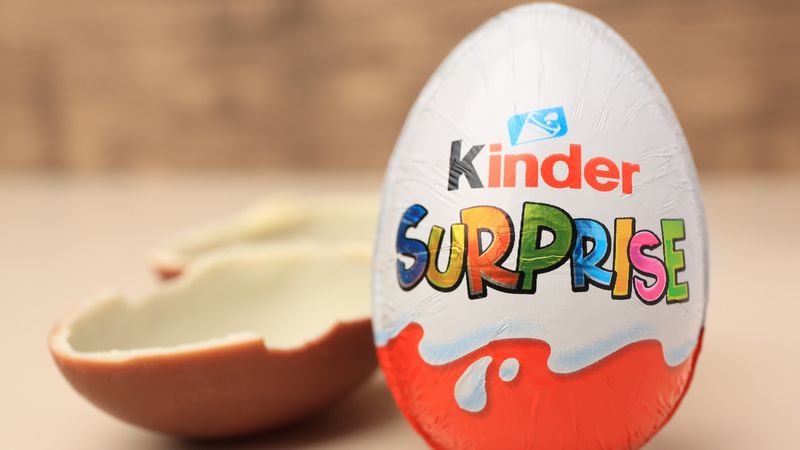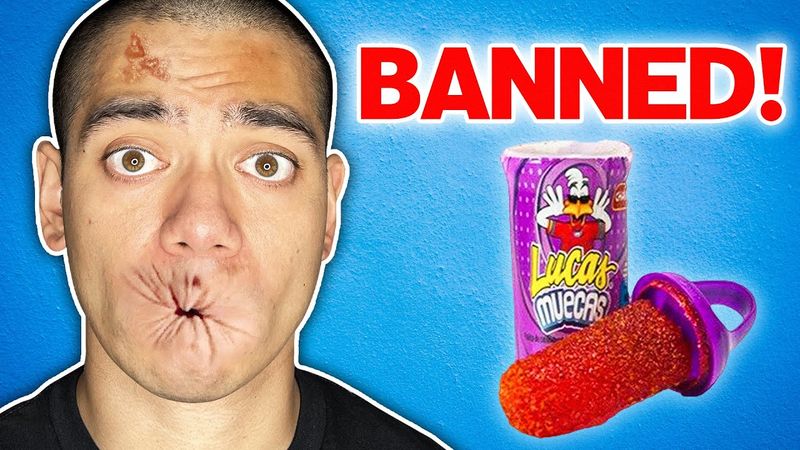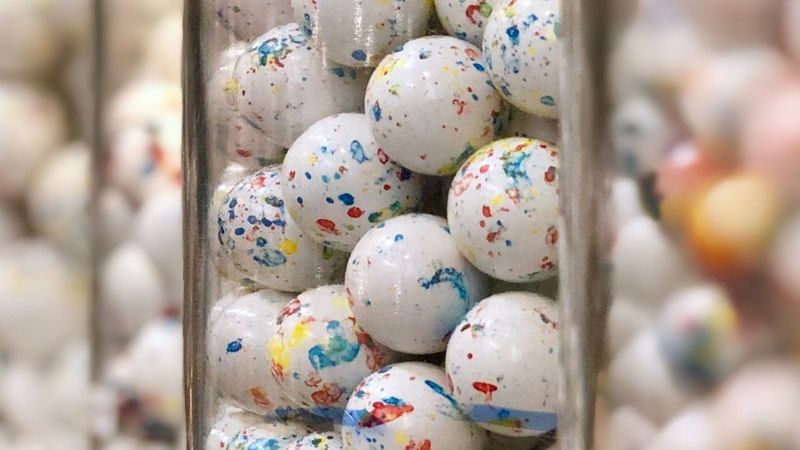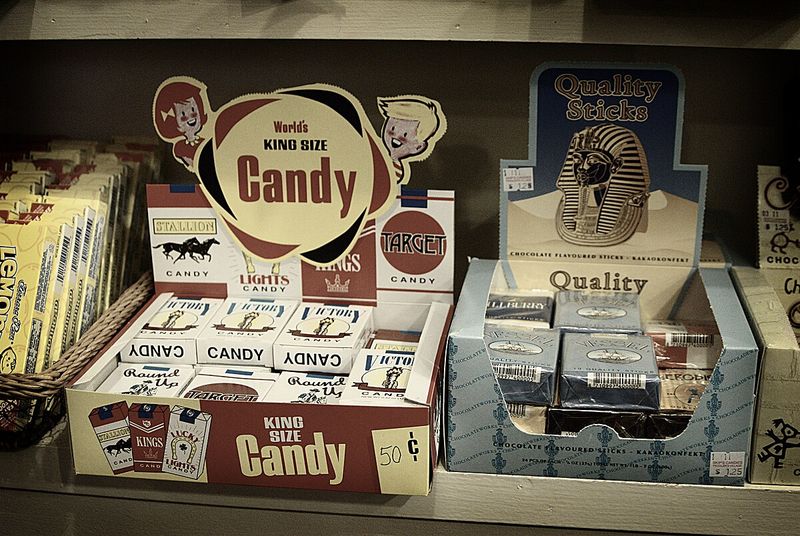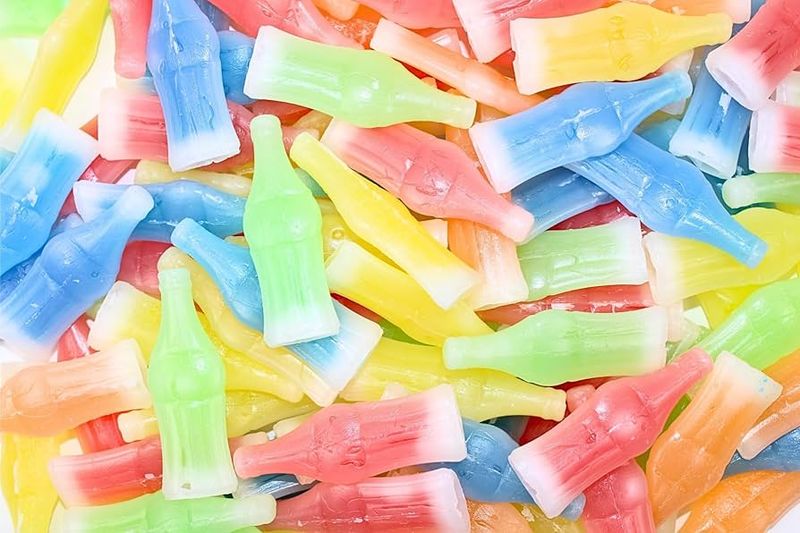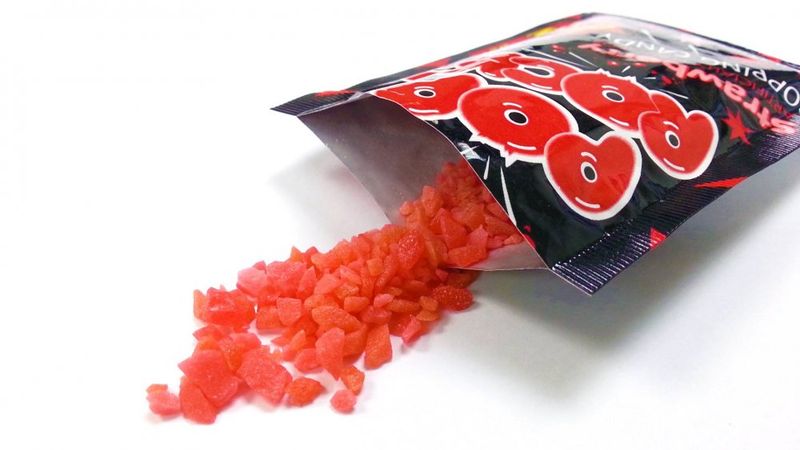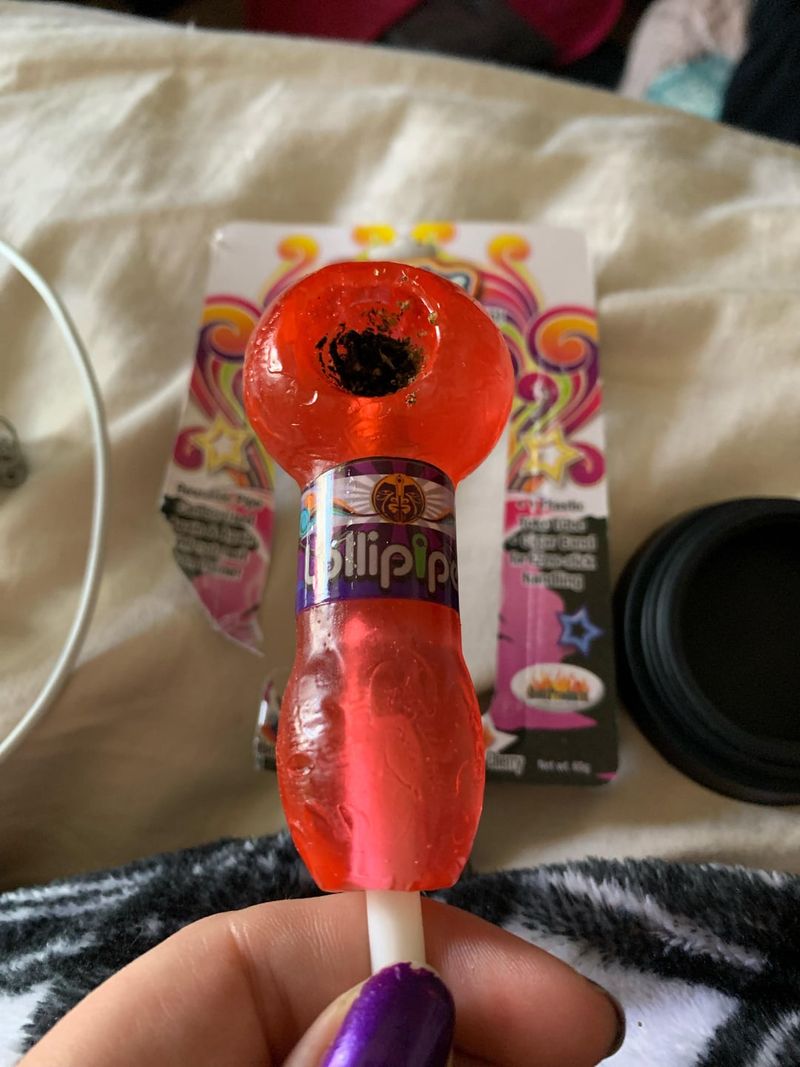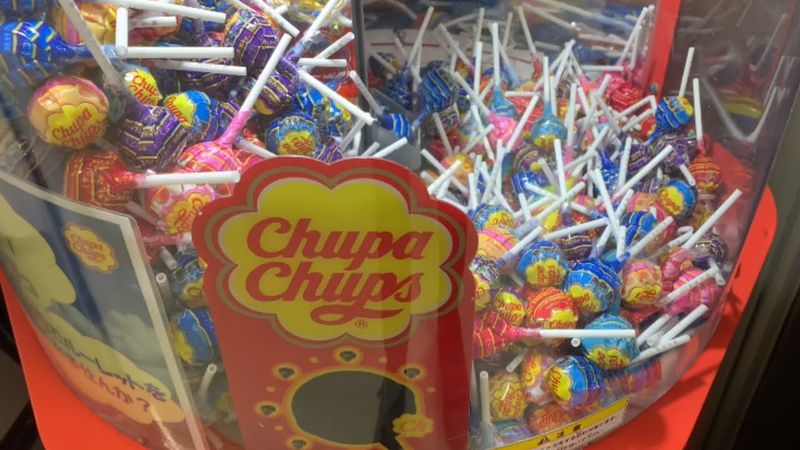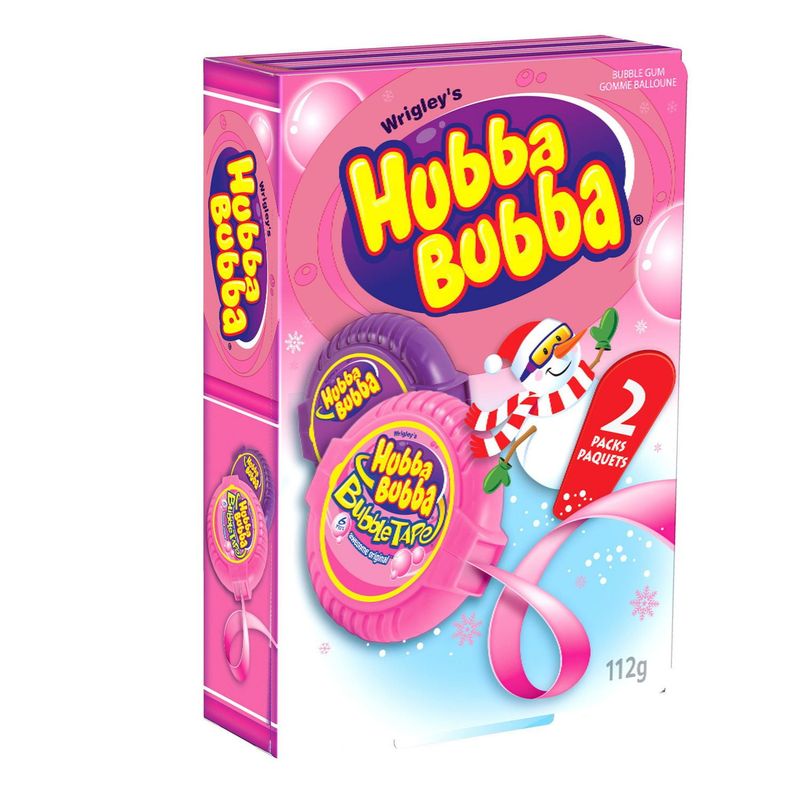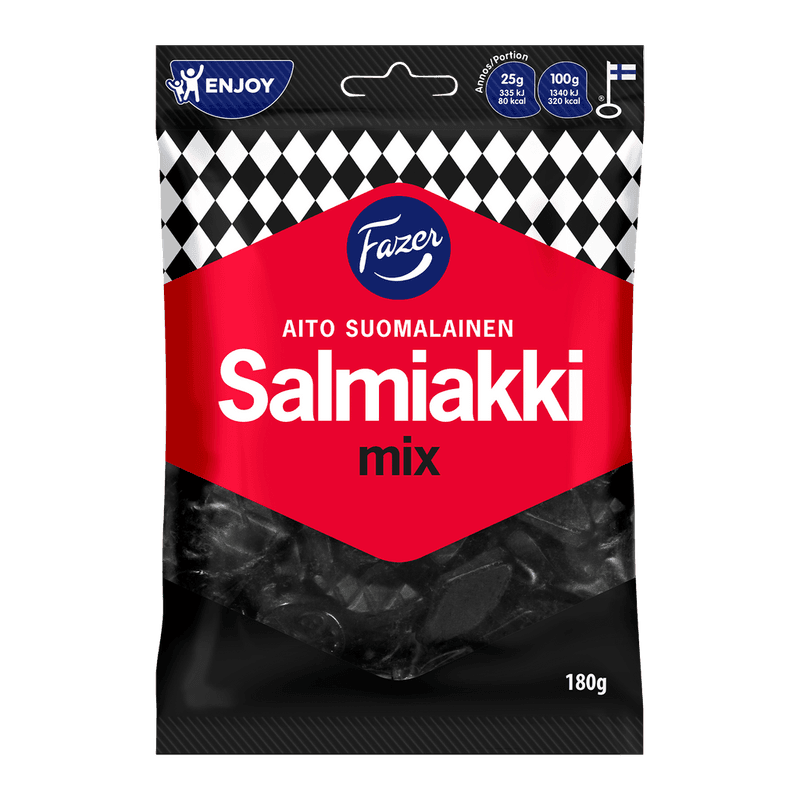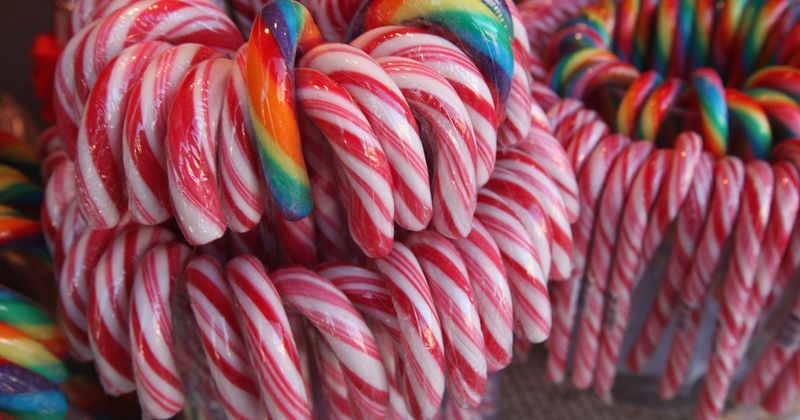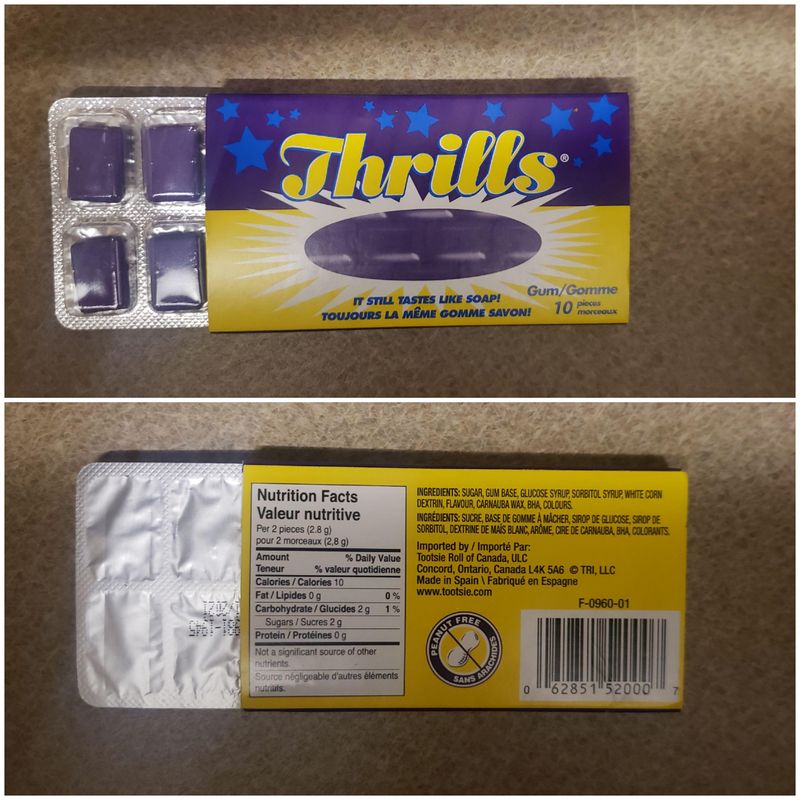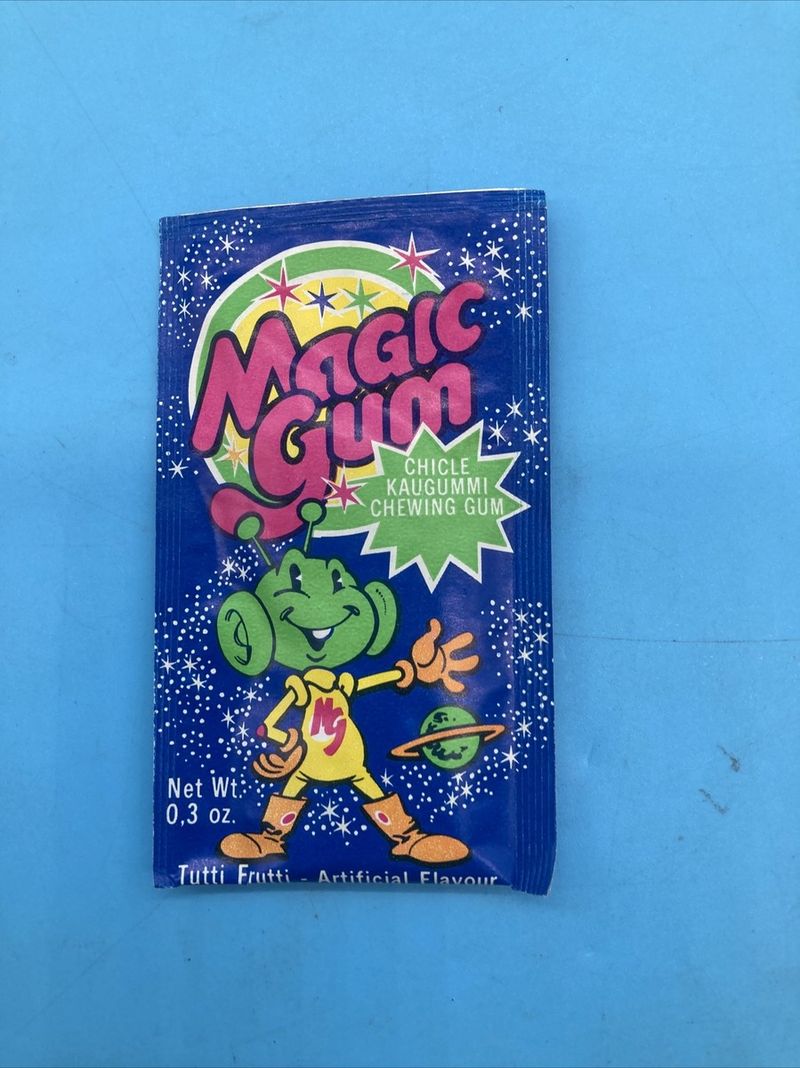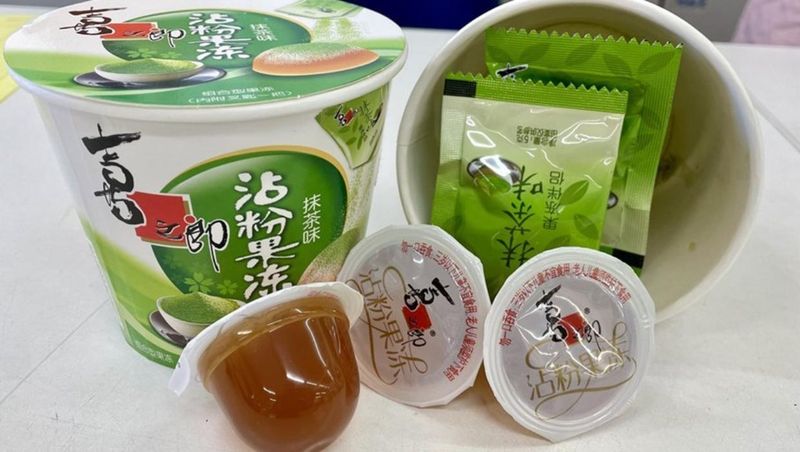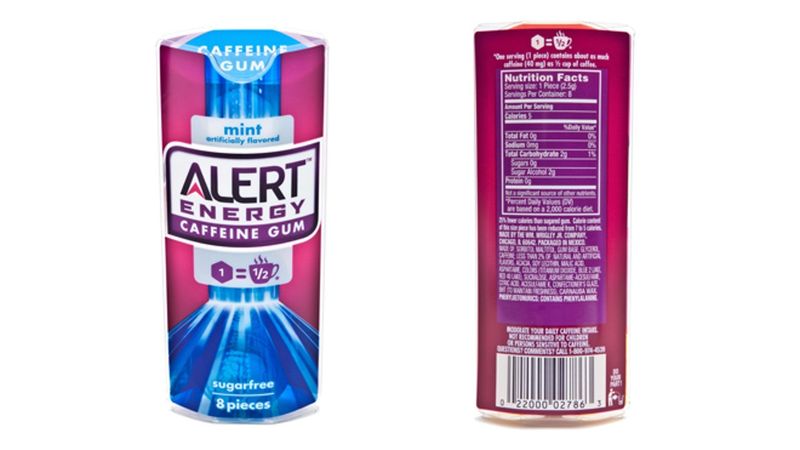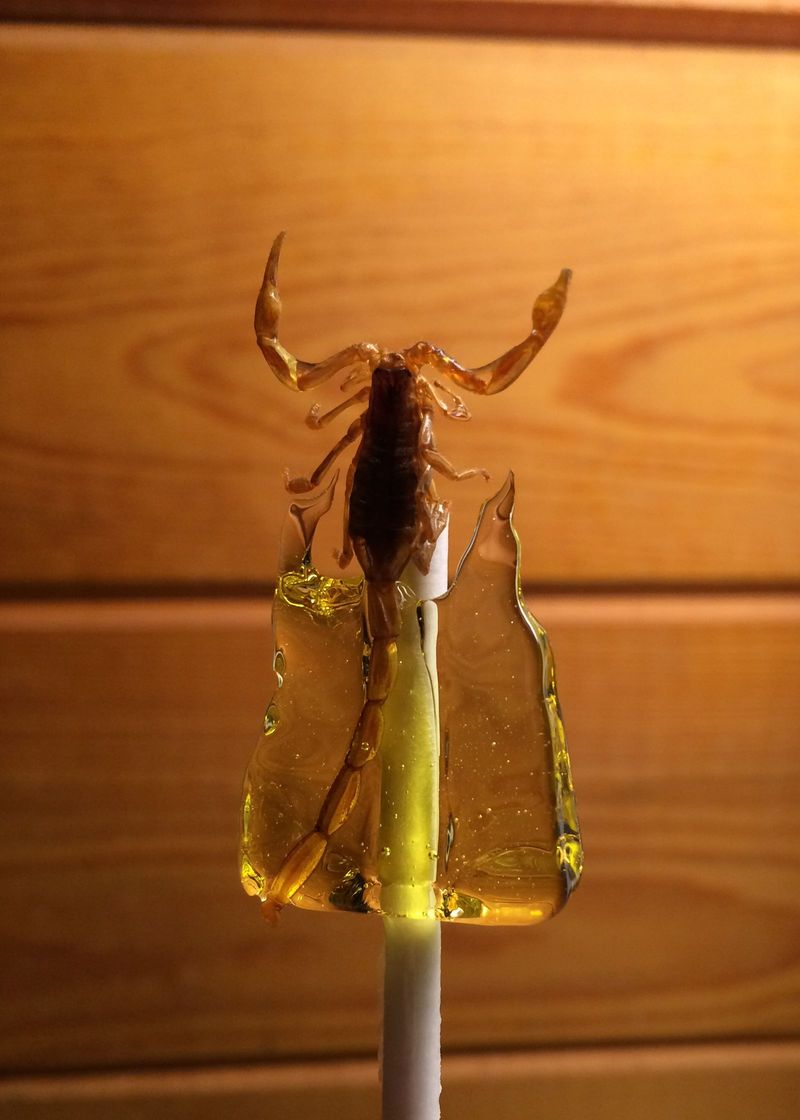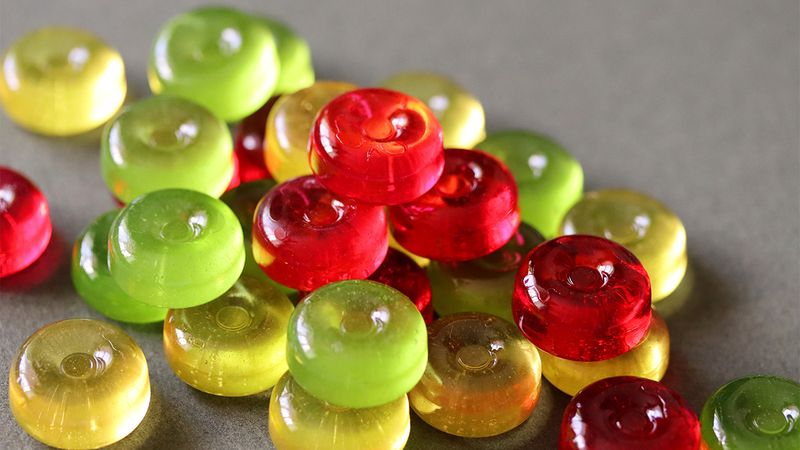Candies have been a sweet delight for ages, but some have crossed the line from treat to threat. From choking hazards to toxic ingredients, these candies were deemed dangerous and faced bans in various regions. Let’s explore 19 candies that were prohibited for posing significant risks.
1. Kinder Surprise Eggs (U.S.)
Kinder Surprise Eggs, those cherished chocolate delights with a hidden toy inside, were banned in the U.S. for decades. The reason? The toy inside posed a significant choking hazard to children. These eggs have been a beloved treat across the globe, except in the U.S., where legal restrictions make them a rare find. Candy enthusiasts often smuggle them from abroad, turning them into contraband collectibles. The ban highlights the balance between fun and safety in children’s treats. Elsewhere, they continue to be a nostalgic favorite, enjoyed by children and adults alike.
2. Lucas Candy (U.S. Ban)
Lucas Candy, a spicy Mexican delight, met its downfall in the U.S. when tests revealed alarmingly high lead levels. While it tantalized taste buds with its unique blend of spicy and sweet, health concerns overshadowed its popularity. The ban underscored the importance of safety in children’s snacks, prioritizing well-being over a flavorful experience. Despite its ban in the U.S., Lucas Candy remains beloved in Mexico, where its distinctive taste continues to be a hit. For some, the ban only amplified its allure, making it a sought-after treat for adventurous candy lovers.
3. Toxic Waste Slime Licker (Certain Batches)
Toxic Waste Slime Licker, with its eye-catching name, ironically faced recalls due to elevated lead levels in certain batches. Known for its intense sour punch, this roller candy attracted daring taste seekers. However, the unexpected health risk led to a reassessment of its safety. The recall served as a reminder that even the most playfully branded products must adhere to strict safety standards. Despite the recall, the candy remains a favorite among those who enjoy extreme flavors, but with added caution and awareness of potential risks.
4. Jawbreakers (Various Bans)
Jawbreakers, those vibrant and seemingly indestructible candies, have been at the center of controversy due to their potential hazards. Known for their toughness, they have caused cracked teeth and cut tongues. Shockingly, some have even exploded when microwaved. These risks have led to bans in certain schools and airlines, highlighting the need for caution. Despite their dangers, jawbreakers remain a nostalgic treat for candy lovers who enjoy a challenge. The allure of these rock-hard sweets lies in their vibrant colors and the thrill of tackling their robust exterior.
5. Candy Cigarettes
Candy cigarettes, once a childhood staple, faced bans in multiple countries for glamorizing smoking among kids. These sweet imitations of real cigarettes were criticized for encouraging unhealthy habits from a young age. While they posed no physical harm, the moral implications were enough to warrant their prohibition. The ban reflects society’s evolving stance on smoking and its influence on children. Despite their controversial nature, candy cigarettes evoke nostalgia for some, reminding them of a bygone era. They serve as a reminder of how cultural perceptions of acceptable treats have shifted over time.
6. Nik-L-Nip Wax Bottles
Nik-L-Nip Wax Bottles were quirky treats featuring sugary liquid inside wax bottles. The novelty lay in biting off the wax top to access the sugary goodness. However, some children mistakenly swallowed the wax, leading to intestinal blockages and subsequent bans in certain areas. Despite their whimsical charm, the potential health risks prompted a reevaluation of their safety. The ban underscores the delicate balance between novelty and safety in confectionery products. For those who remember them fondly, Nik-L-Nips are a nostalgic reminder of childhood adventures and the occasional mishap.
7. Pop Rocks (Urban Legend Edition)
Pop Rocks, the fizzy candy that tickled taste buds, became infamous due to an urban legend. Rumors suggested that mixing them with soda could cause stomach explosions. While completely unfounded, the panic led to bans in some schools. The legend turned a simple treat into a source of intrigue and caution. Despite the myth, Pop Rocks remain popular, known for their unique popping sensation. The incident highlights how myths can shape public perception and influence decisions, even without factual basis. For many, they evoke memories of daring each other to test the legend’s validity.
8. Lollipipes
Lollipipes, a playful yet controversial creation, combined candy with functionality. Designed to smoke substances, they raised eyebrows worldwide. While technically edible, their primary use as a smoking device led to bans in multiple countries. The controversy lies in their potential to normalize smoking and drug use among youth. Despite their ban, Lollipipes reflect the blurred lines between novelty and inappropriate messaging. Their existence highlights societal debates on the influence of seemingly harmless products. For some, they remain a curiosity, straddling the line between innovative confectionery and risky messaging.
9. Red Dye #2 Candies (1970s Ban)
In the 1970s, candies using Red Dye #2 faced bans in the U.S. due to cancer concerns. The vivid hue, once popular in sweets, suddenly became a symbol of health hazards. The ban led to the disappearance of several beloved treats, sparking debates on food safety and regulation. This incident reflects the evolving understanding of food additives and their potential impacts. Today, it serves as a reminder of past challenges in balancing vibrant colors with health priorities. The ban of Red Dye #2 marked a turning point in food safety awareness and consumer protection.
10. Chupa Chups with Detachable Sticks
Chupa Chups, a globally recognized lollipop brand, faced scrutiny in Japan due to detachable sticks. The innovative design inadvertently became a safety hazard, as loose sticks posed choking and stabbing risks. The ban highlighted the unforeseen consequences of creative designs. Despite this setback, Chupa Chups remains a beloved treat worldwide, known for its diverse flavors and fun designs. The incident underscores the importance of safety checks in product innovation. For many, Chupa Chups evoke memories of childhood indulgence and the simple joy of a well-loved sweet.
11. Bubble Gum Tape (Metal Shavings Contamination)
Bubble Gum Tape, a playful twist on traditional gum, hit a roadblock when some batches were found to contain tiny metal shavings. The contamination sparked safety concerns, leading to recalls and heightened scrutiny. Despite its unique presentation and fun appeal, this incident highlighted the critical importance of quality control in food production. The gum’s recall serves as a cautionary tale about the potential pitfalls in manufacturing processes. For those who enjoyed its novelty, Bubble Gum Tape remains a reminder of the fine line between innovation and safety in the candy industry.
12. Fazer’s Salmiakki (Too Salty)
Fazer’s Salmiakki, a Finnish black licorice, found itself banned in Sweden due to its extreme saltiness. The high ammonium chloride content, while a staple in Finnish sweets, was deemed excessive across the border. This ban underscores the cultural differences in taste and safety standards. Despite its divisive nature, Salmiakki remains a beloved treat in Finland, celebrated for its bold flavor. The incident highlights how regional preferences can shape a product’s acceptance. For fans, it’s a daring indulgence, while for others, it remains an acquired taste best left to the adventurous.
13. Candy Canes (Weaponized)
Candy canes, synonymous with holiday cheer, faced bans in some Australian schools for an unexpected reason. Students discovered that sharpening them created makeshift weapons, leading to concerns over safety. The incident highlights how even innocent treats can become hazardous in imaginative hands. Despite the bans, candy canes continue to be a festive staple, loved for their peppermint flavor and festive appeal. The situation serves as a reminder of the unexpected ways everyday items can pose risks, requiring vigilance even during celebrations. For many, they remain a cherished holiday tradition.
14. Gum That Turns to Soap (Japan Recall)
A novelty gum in Japan took creativity too far when it transformed into a soapy foam, intended as a playful prank. However, some children accidentally inhaled the foam, leading to respiratory issues and a swift recall. The incident highlights the fine line between fun and safety, especially in products designed for children. Despite its recall, the gum’s unique concept remains a curious footnote in confectionery history. It serves as a cautionary tale about the importance of thorough testing and the potential hazards of novelty items in the candy industry.
15. Magic Gum (Brazil Ban)
Magic Gum, a popping sensation, found itself banned in Brazil after reports of burns, mouth ulcers, and choking incidents. The candy’s explosive nature, while novel, posed significant risks to consumers. The ban underscores the importance of ensuring safety in innovative confectionery. Despite the ban, Magic Gum’s allure continues to captivate those who remember its thrill. The incident highlights how even the most exciting treats must balance novelty with consumer protection. For many, it remains a reminder of the potential dangers lurking beneath seemingly harmless sweets.
16. Mini Jelly Cups (U.S. and EU Ban)
Mini Jelly Cups, popular for their bite-sized convenience, faced bans in the U.S. and EU due to choking hazards. The small size, appealing to young children, became a serious risk as multiple deaths were reported. The ban highlights the critical need for safety in children’s products, emphasizing awareness over convenience. Despite their ban, these jelly cups remain popular in regions with stricter safety measures. The incident underscores the ongoing challenge of balancing appeal with safety, especially in products designed for vulnerable consumers. For some, they remain a bittersweet memory.
17. Caffeinated Gum and Candies
Caffeinated gum and candies, designed to offer an energy boost, faced restrictions due to dangerously high caffeine levels. Some products contained more caffeine than several cups of coffee, posing significant health risks. The bans reflect the growing awareness of caffeine’s impact, particularly on young consumers. Despite restrictions, these products remain popular among those seeking quick energy fixes. The incident highlights the delicate balance between innovation and health, reminding consumers to be mindful of potential risks. For many, they serve as a cautionary tale about the power and pitfalls of caffeine in confectionery.
18. Lollipops with Scorpions or Insects
Lollipops containing scorpions or insects, while technically edible, faced bans for their potential allergy risks and import restrictions. These novelty treats, while intriguing, raised concerns about safety and regulation. Despite the bans, they remain popular as unique gifts and daring treats. The incident underscores the complexities of novelty foods in global markets. For some, they represent a bold culinary adventure, while for others, they are a prime example of the unexpected challenges in international food trade. They continue to be a conversation starter and a testament to the adventurous spirit of confectionery.
19. Sugar-Free Candies with Sorbitol
Sugar-free candies containing sorbitol, a popular sugar substitute, weren’t banned outright but came with strong warnings. High sorbitol levels caused serious digestive distress for those who consumed them excessively. The incident highlights the importance of moderation, even in products marketed as healthier alternatives. Despite the warnings, these candies remain a staple for those seeking sugar-free options. The situation serves as a reminder of the potential side effects of sugar substitutes, urging consumers to enjoy them responsibly. For many, they represent a balancing act between indulgence and health consciousness.
